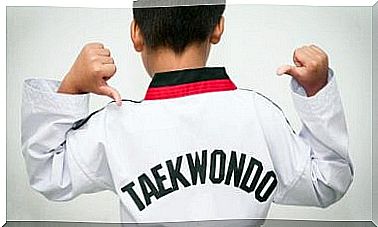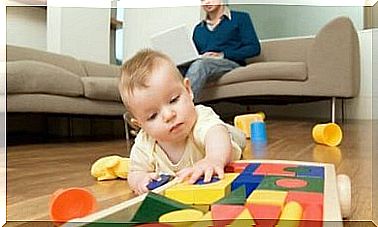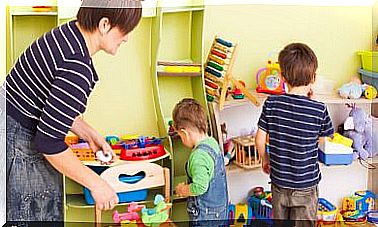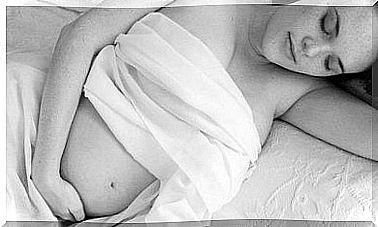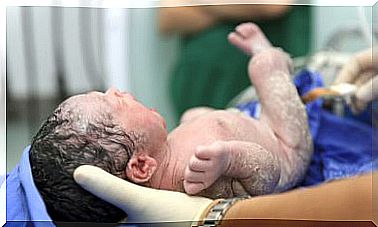Walking Exercises For Baby – 3 Tips
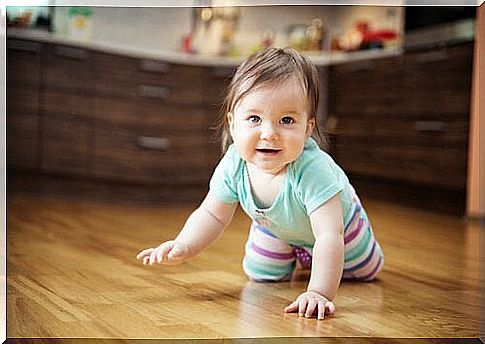
Moments where you teach your baby to take their first steps, for example, using some kind of relaxed walking exercise, are great ways to spend more time with your child. In this way, you also participate more closely in the child’s development, while strengthening the important relationship between you and your child.
For walking exercises to be effective, the child must feel comfortable during them. If a child does not want to do the exercise, he or she should not be forced to do so. While this is a hands-on exercise, the exercise should also be fun so that the child wants to participate in the exercise now and in the future.
So if your child cries every time you lower him to the ground to teach him to walk, choose another exercise option or add some special factor to the exercise that makes the child curious.
Today we will tell you what good walking exercises are for your baby. One of these three exercises can prove to be a very effective way to teach your child to walk.
Child’s First Steps
In the early stages of its psychomotor development, the child strengthens his muscles and learns to coordinate his movements. Little by little, the child learns to raise his head, turn in his cradle, sit on his own, get up, walk, and finally run. She learns all of these skills at her own pace, but parental support is important as you progress.
The baby needs to master a certain level of development and feel safe and comfortable before he or she can move on to the next goal. For example, to get up on his feet, a child must first learn to sit, and to walk, he must be able to stand.
Walking exercises for baby
When your nurse or pediatrician thinks your child’s muscles and spine are ready and physically developed enough for walking, it’s time to encourage your child to take their first steps.
Remember that you should always be actively involved in helping as your child strives to achieve their goals. Keep in mind that when a child feels safe, the process progresses much faster.
It is very important that your child finds stepping comfortable. You can wear comfortable sneakers for your child with soft soles, or you can let him be barefoot – which is just a more comfortable option for your child.
First exercise
Place the child in a standing position in front of you. Let him balance himself while holding on to his hands.
Then start counting, alternating between numbers 1 and 2. As you repeat these two numbers, gently use your toes to push your child’s feet forward. On the first, the child should transfer his or her body weight to the right leg and on the second to the left leg (or vice versa).
You can continue to do this exercise until your child loses interest.
Even if your baby doesn’t understand what your counting means, or what he’s even doing, this exercise will help him get used to the movements that are essential to walking.
Walking around the house in an upright position will also be a very interesting experience for the child, which he will certainly be happy to try again.

Another exercise
Place the baby in a standing position on the floor and let him hold on to some of the furniture. Hold his pacifier, favorite toy, or any object you know will catch his attention. Place the object close to the baby, but still so far away that the child will not be able to grasp it just by reaching out.
Encourage your baby to move to this object. Smile and encourage her to give her a boost. You will find that the baby starts laughing happily.
After a few seconds and the child has assessed the distance between himself and the object, he should start taking steps to reach his goal.
If the child achieves his or her reward, congratulate him or her in gentle words. Show him your joy and repeat the process using some other object.
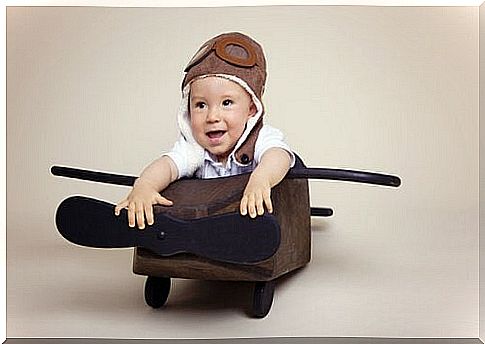
Third exercise
Put the baby in the playpen . Take a toy that catches his attention and put it at the other end of the playpen.
Encourage the baby to walk to the toy. The child may first try to move to the other end of the play circle by walking along the sides and holding on to the edges of the circle. But as your child gains more self-confidence, you can begin to show him the shortest route to the toy. To achieve this, the child should be released from the edge and not resort to support.
We suggest that you memorize these walking exercises for your baby if your child is at the age that it is time for him or her to start taking his or her first steps.
